The aggregator is rather vague on compatibility. All it says is that red Adaptec cards work. Others say that only certain TI chipset cards work. Others say
Irix sees it as a DM10
.
Anyways, I tried two of my own cards. First one was an Adaptec (1394B-BL3) with TI TSB482AA2 and TSB81BA3 link and physical layer chipsets. It as red. It was Adaptec. Only odd things was it was PCI-X and had FW800. Under 6.5.30 it isn't even seen.
Next card is a Macally FH-701 with TSB41LV03 and TSB12LV23 chips.
Irix complains about it while booting and only sees it as a 1394 interface when fully booted.
What use is the card if only seen as a 1394 interface andnot as a DM10 or is there any real difference according to Irix at all beyond the naming?
Anyways, I tried two of my own cards. First one was an Adaptec (1394B-BL3) with TI TSB482AA2 and TSB81BA3 link and physical layer chipsets. It as red. It was Adaptec. Only odd things was it was PCI-X and had FW800. Under 6.5.30 it isn't even seen.
Attachment:
Attachment:
Next card is a Macally FH-701 with TSB41LV03 and TSB12LV23 chips.
Irix complains about it while booting and only sees it as a 1394 interface when fully booted.
Attachment:
Attachment:
Attachment:
What use is the card if only seen as a 1394 interface andnot as a DM10 or is there any real difference according to Irix at all beyond the naming?
_________________




















 <-------- A very happy forum member.
<-------- A very happy forum member.


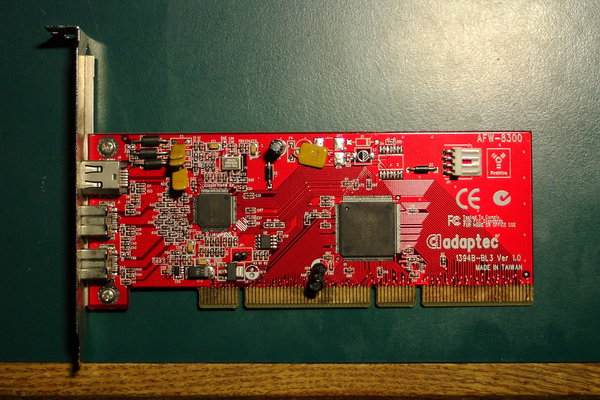
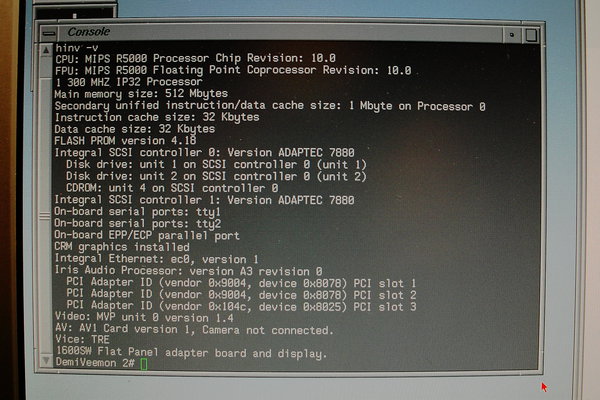
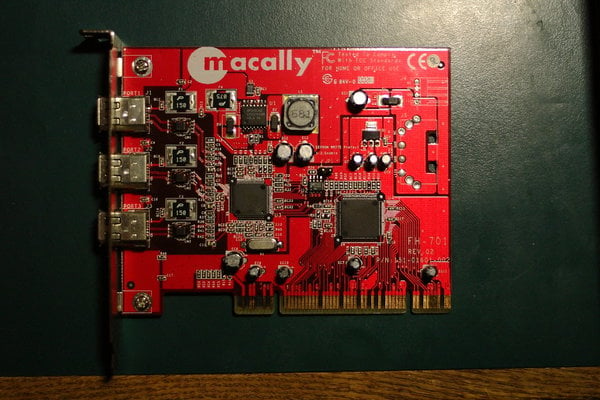
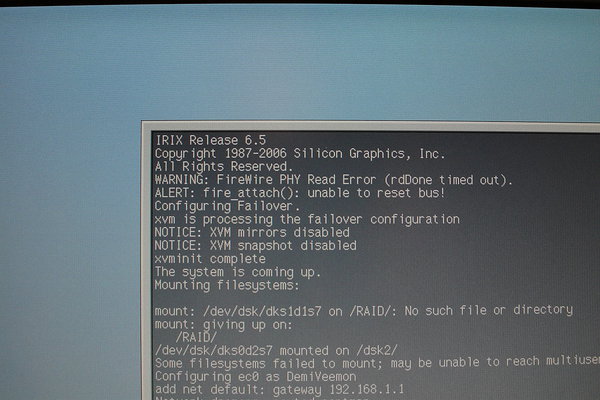
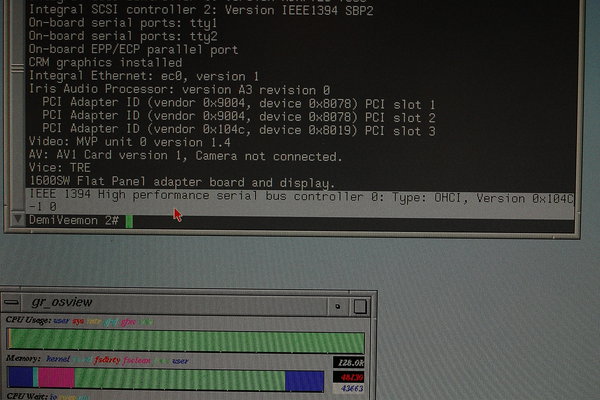



 )
)





